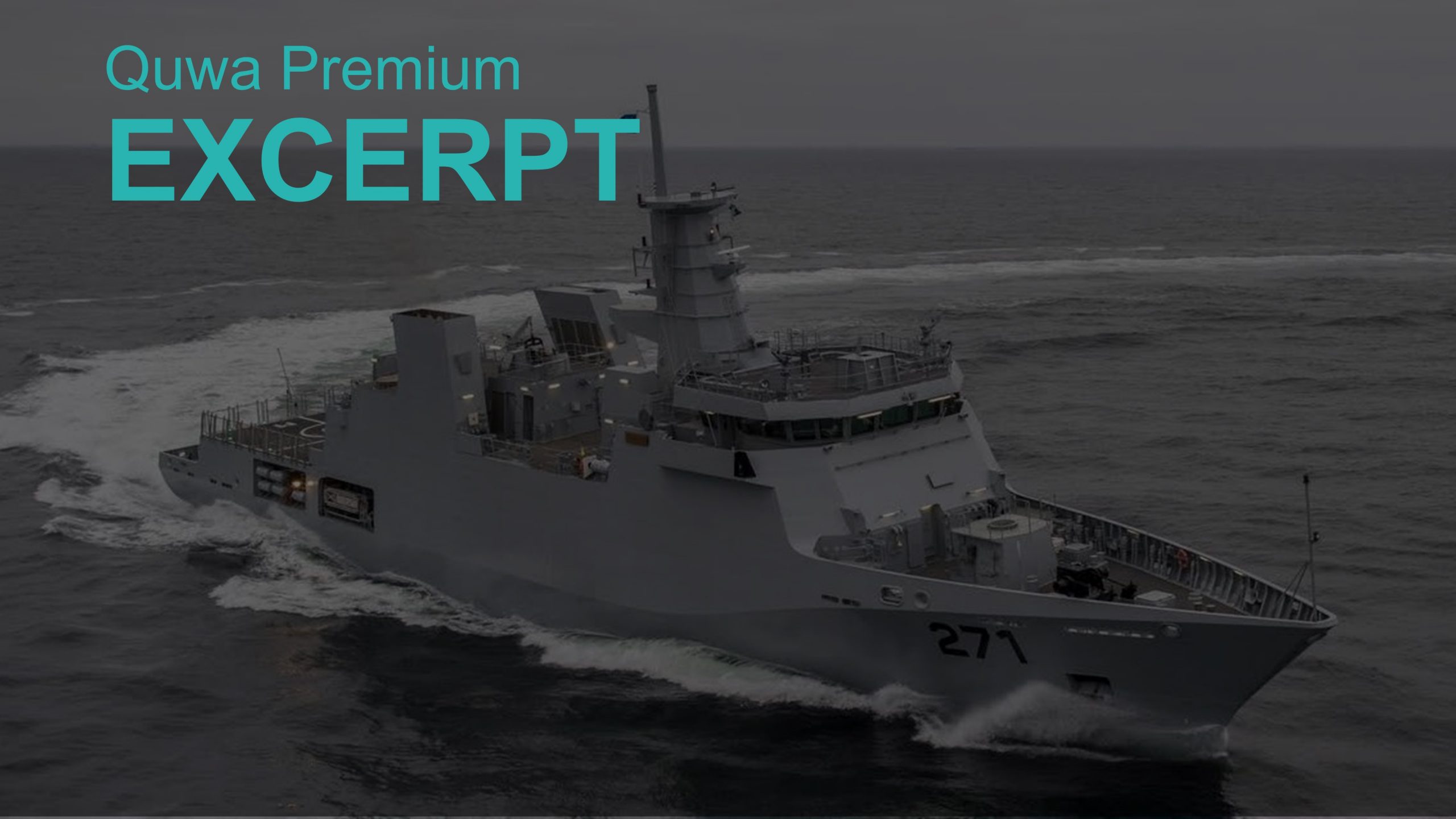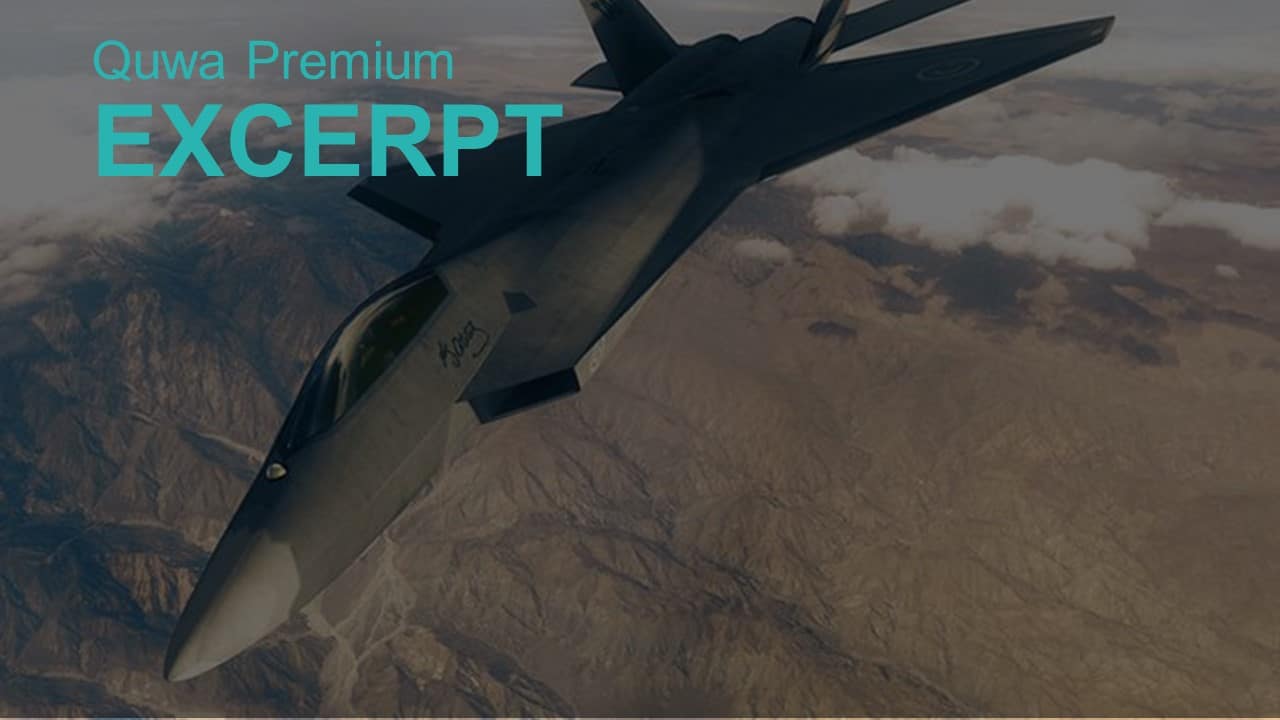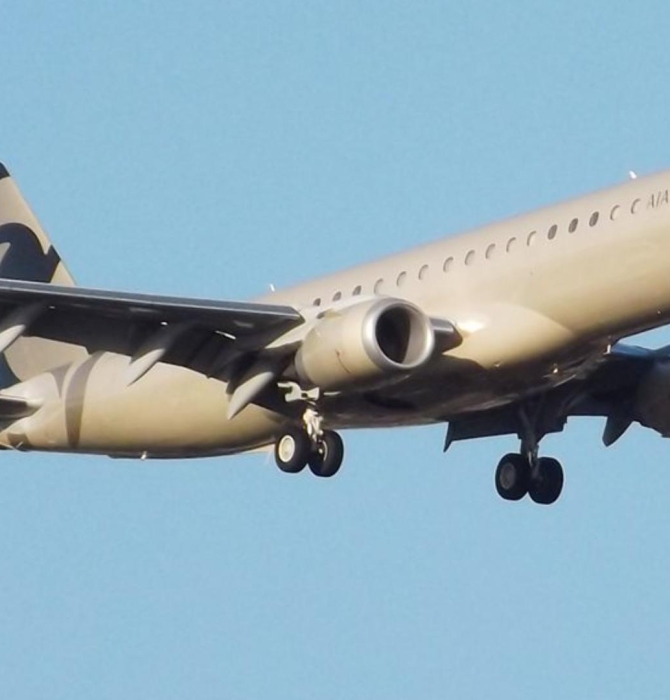1882Views

Is Pakistan Getting More Offshore Patrol Vessels (OPV)?
In his changing-of-command speech on 07 October 2020, the previous Pakistan Navy (PN) Chief of Naval Staff (CNS), Admiral Zafar Mahmoud Abbasi, indicated that the PN will acquire additional offshore patrol vessels (OPV). Citing how the PN will induct the second of two Yarmouk-class “corvettes” – i.e., a custom variant of Damen Shipyards’ OPV 1900 – the ex-CNS said the PN “contracted” six ships of “larger tonnage.”
The ex-CNS’ statements suggest that the PN could either expand its order from Damen Shipyards with six additional OPVs, or acquire a new platform from a different supplier. In either scenario, the PN is working towards enlarging its surface fleet, notably its inventory of ‘major surface vessels.’
For the PN, the ‘major surface vessels’ likely refer to multi-mission ships with a minimum displacement of 2,000 tons. Of course, displacement is not the sole marker for a ‘major surface vessel’ – the ship’s range, endurance, on-board sensor and electronics suite, and weapons capability are also factors.
However, when taking those aspects into account, it seems that ships with a 2,000-plus ton displacement would be ‘major surface vessels’ in the PN. In the PN, these ships are to spearhead its wartime efforts as well as secure Pakistan’s exclusive economic zone (EEZ) in peacetime. In addition, the PN is also interested in supporting more multinational/coalition activities at sea, so adding large ships to its fleet is essential.
With a careful look, one could see that the PN can bifurcate or split its mission requirements for its major ships into two main domains: First, a wartime-centered force comprising of high-cost, high-capability anti-ship warfare (AShW), anti-submarine warfare (ASW), and anti-air warfare (AAW) capabilities. Second, low-cost ships capable of some combat capabilities, but also equipped for an array of other missions, such as search and rescue (SAR), and humanitarian and disaster relief (HADR).
The OPVs can take ownership of the second set of missions. However, there is more at play in an expanded OPV program than simply a low-cost asset. Basically, the PN can use OPVs to expand its presence on the international scene in coalition operations, overseas exercises, and other initiatives without dedicating its marquee wartime assets (such as the MILGEM corvettes). Moreover, it can expand its presence at a lower cost in terms of procurement compared to solely relying on wartime assets to carry the role.
How a Future OPV Could Take Shape
Currently, the PN’s sole OPV-type is the Yarmouk-class. Though the PN designated the Yarmouk-class as a ‘corvette,’ the 2,300-ton ship is, at its core, a customized OPV. It is a variant of the OPV 1900 design from Damen Shipyards. It is built to “commercial standards,” which Damen Shipyards says contributes to lower acquisition costs compared to naval-grade designs, such as Damen’s SIGMA or even Turkey’s MILGEM.
In contrast to most other OPV designs, the Yarmouk-class is not restricted to solely 25 mm stabilized guns and other light armaments. Rather, the PN can – and eventually will – configure its OPVs with full-fledged AShW capabilities through anti-ship cruising missiles (ASCM). The OPV 1900 design also incorporates two TEU bays for “special mission-based operations,” so the PN can in theory add ASW systems to these OPVs.
End of Excerpt (518/1,395 words)
You can read the complete article by logging in (click here) or subscribing to Quwa Premium (click here).
Need Up-to-Date Information on the Pakistan Navy?


